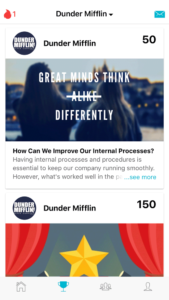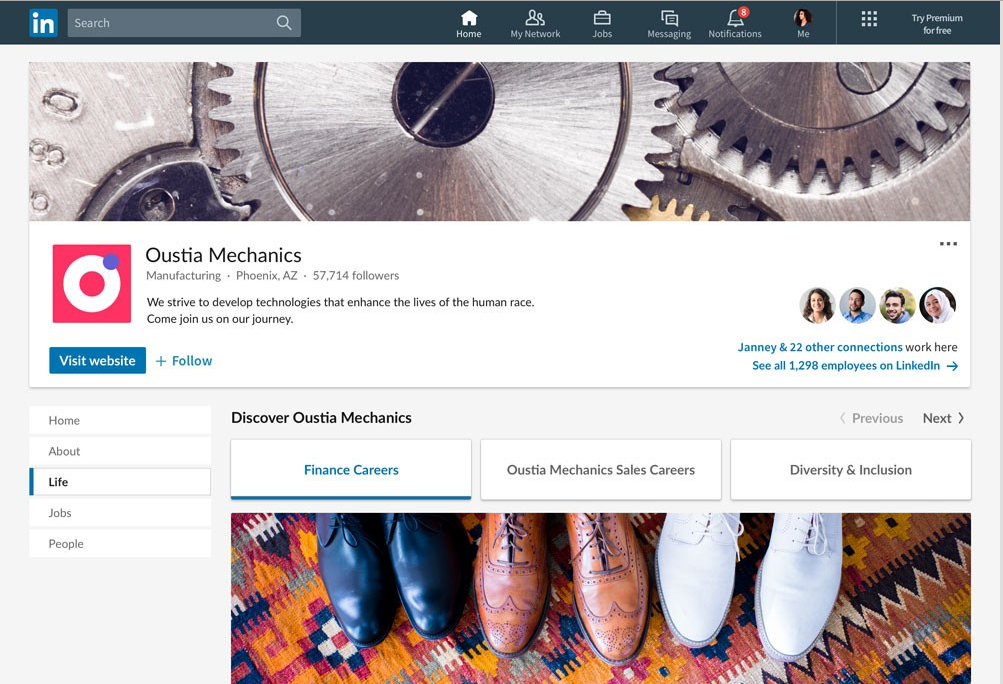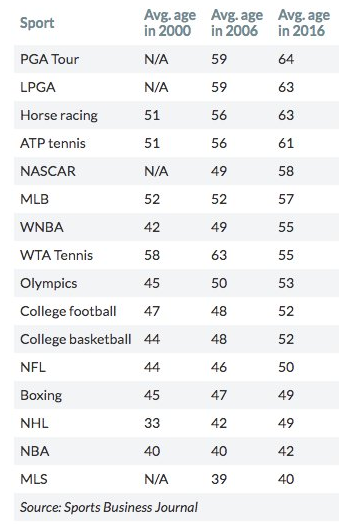Today on The Weekly Dose I dig into Indeed’s recent announcement to stop scraping the jobs from staffing companies. If you didn’t hear Indeed announced as the Staffing World conference that beginning January 7, 2019, they would no longer include “recruitment-based” jobs in their organic search results due to ongoing search quality issues (link to the official Indeed Policy on Recruitment-based companies).
I was able to talk directly to Paul D’Arcy, the SVP of Marketing for Indeed, about this decision. Paul was refreshingly frank about the announcement. Here are some of the things that came out of that conversation:
Think of the jobs Indeed posts on its site in four type of buckets:
#1 – Organic Jobs listed on Corporate websites scraped by Indeed
#2 – Promoted Jobs listed by corporate TA teams willing to pay to get those jobs to show up higher in the search results
#3 – Organic Jobs listed on Staffing Industry websites scraped by Indeed
#4 – Promoted Jobs listed by staffing firms (recruitment-based organizations – in Indeed’s wording) willing to pay to those jobs to show up higher in the search results
Of those 4 kinds of jobs, three out of the four have very similar rates of candidates getting hired. One of those types doesn’t do well at all because of a number of factors. Basically, Organic staffing jobs that Indeed has been scraping do very poorly. “Analysis shows that impacted jobs represent approximately 5% of applies but just 2% of hires on Indeed.”
So, the decision is made, by Indeed’s Search Quality team, to no longer scrape staffing jobs.
THIS IS SUPER UNFAIR TO STAFFING FIRMS!!! (I hear a collective 3 trillion dollar industry shout!)
Is it?
No one on the planet has lit up Indeed worse than me over some of their practices! (Hi, Todd!) I’ve been in Indeed Jail since early 2018 when they first shut off my free organic traffic. But, let’s be real, Indeed isn’t saying they won’t work with staffing firms or kicking staffing firms out. In fact, every single product Indeed sells is still available for staffing firms to use. They just aren’t giving you anything for free anymore, and that stings a bunch.
It’s like that first time the crack dealer tells you that you have to pay for the next hit! It sucks, and then you hand over some money.
Indeed understands the optics of this, according to D’Arcy, and they also know this will take some work to repair some relationships within the staffing industry. The fact is, staffing companies have been making millions of dollars off of free traffic from Indeed and it hurts to lose that!
The reality is, we (staffing) basically did this to ourselves. No not you! It was always the other guy! There was location spamming, posting ‘evergreen’ jobs that you would never fill, etc. Like most good things in recruiting, the staffing world found ways to exploit it and Indeed is shutting that down.
It’s D’Arcy’s hope that Indeed will find a way to begin bringing back some of the ‘real’ staffing jobs that out there. Think of contract and temporary jobs. Indeed corporate clients will be impacted if those jobs aren’t filled, as many now rely a great deal on their contingent workforce for large parts of what they do. Those are real jobs, that real candidates, will want to apply for and Indeed just took those away from candidates. They do realize this and they are trying to come up with a way to bring the real jobs back, without opening up the bad jobs again.
This is just Indeed making a move into the staffing world!
Wouldn’t be a bad business move, let’s be honest! I would do it, so would you, but Indeed is telling me this isn’t part of the strategy behind making this decision. Take it at face value, some will believe it, some won’t. The reality is Indeed is making hundreds of millions of dollars off staffing firms as clients right now, and for years have also been working in the staffing industry simultaneously, so I’m not sure it really makes that big of a difference, short term.
What does this mean for staffing firms!?!?!
If you want to keep making hires on Indeed, you’re going to have to start paying up! Indeed’s short-term revenue will increase because of this decision because most staffing firms will initially just fork over some money to keep the faucet on. Eventually, they’ll find our avenues to find candidates. Optimize their postings for Google Jobs and the traffic and hires will come from others sites and sources.
You might decide to start testing other tools like LinkedIn Recruiter, CareerBuilder, Monster, Dice, ZipRecruiter, Programmatic job postings, maybe even pick up the phone, build a recruitment marketing machine, grab some sourcing technology, etc. Staffing firms don’t know this yet, but the reality is not relying on one tool so heavily is a blessing in disguise for your longterm success.
One piece of good news from Indeed is they’ll still allow staffing firms to use their paid resume database product.
What does this mean if you’re in Corporate TA?
The hope will be you’ll actually see more traffic to your jobs, but understand that Google is no longer indexing Indeed’s job pages, so traffic has been going down and will continue to go down unless Indeed buys that traffic through marketing efforts. What does that mean? You’re probably going to be paying a lot more for the same or less traffic.
Now, with less staffing firm jobs clogging up the search results the hope is that you’ll see more candidates, faster to your jobs that are scrapped as part of your organic Indeed feed, and potentially even better results using Indeed’s job promotion products.
What do I think?
From someone who has been living in Indeed Jail for almost a year, you’ll survive. It’s not fun losing your free organic traffic, but you’ll figure it out and you’ll be a stronger recruiting shop in the end.
I think Indeed really screwed up by announcing this without first figuring out the contract/temp/consultant jobs. The contingent workforce is the fastest growing segment of the labor market, and someone at Indeed completely dropped the ball. I’ll blame Matthew in search quality because that’s kind of the inside joke at Indeed, if a client is pissed, blame search quality. But, my hope is Paul and the team will stick by their word and figure out a way to get those jobs back on Indeed for candidates.
I’m not sure this was a wise business move, really by Indeed. You never want to wake a sleeping giant. The staffing industry has been a sleeping giant over the past decade ($3 Trillion). Fat on Indeed free traffic and LinkedIn Recruiter licenses, the normal staffing recruiter today is not the staffing recruiter of a decade ago. Indeed just kicked them awake to see if they wanted to pay the check or go find somewhere else to spend their money. Some will go elsewhere.
I also know that Indeed produces results, so many of us, myself included, will continue to use them and pay for the products that work, but it won’t stop me from continuing to test everything and figure out how to lessen my team’s reliance on any one product. That’s just good recruiting strategy for both corporate and staffing leaders.

The Weekly Dose – is a weekly series here at The Project to educate and inform everyone who stops by on a daily/weekly basis on some great recruiting and sourcing technologies that are on the market. None of the companies who I highlight are paying me for this promotion. There are so many really cool things going on in the tech space and I wanted to educate myself and share what I find. If you want to be on The Weekly Dose – just send me a note – timsackett@comcast.net
Want help with your HR & TA Tech company – send me a message about my HR Tech Advisory Board experience.


 The Weekly Dose – is a weekly series here at The Project to educate and inform everyone who stops by on a daily/weekly basis on some great recruiting and sourcing technologies that are on the market. None of the companies who I highlight are paying me for this promotion. There are so many really cool things going on in the tech space and I wanted to educate myself and share what I find. If you want to be on The Weekly Dose – just send me a note – timsackett@comcast.net
The Weekly Dose – is a weekly series here at The Project to educate and inform everyone who stops by on a daily/weekly basis on some great recruiting and sourcing technologies that are on the market. None of the companies who I highlight are paying me for this promotion. There are so many really cool things going on in the tech space and I wanted to educate myself and share what I find. If you want to be on The Weekly Dose – just send me a note – timsackett@comcast.net



